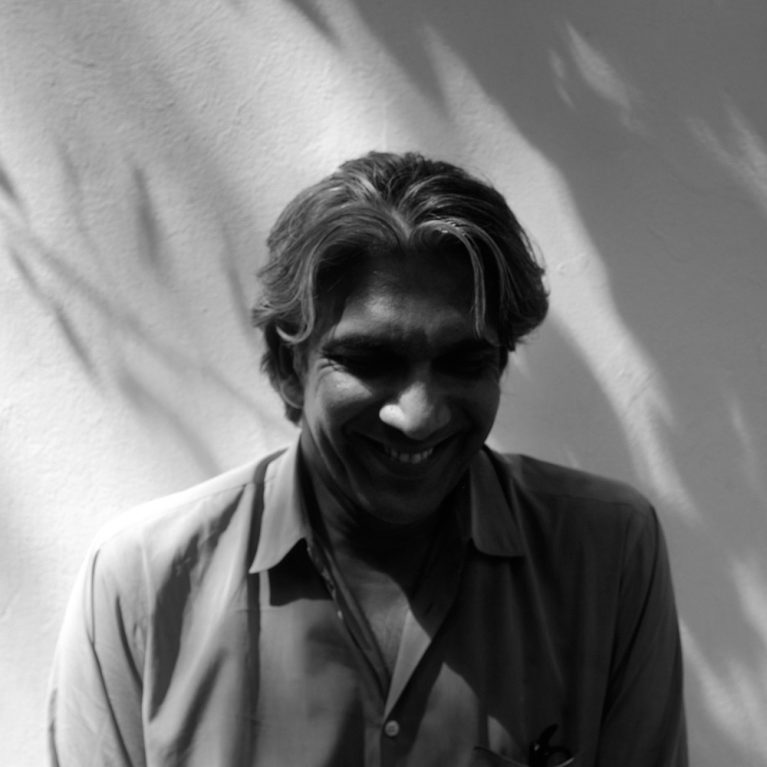interviews
Bijoy Jain’s Milan
I have a very close friend in Milan and the hospitality, the way I’m welcomed, has made the city my home away from home...

What are the origins of your relationship with Milan?
I have a very close friend in Milan and the hospitality, the way I’m welcomed, has made the city my home away from home. But there are other reasons why I come to Milan.
I started visiting more frequently sometime after the Venice Biennale in 2010. Before then I used to come but not as often as I do now. It was around that time – just a couple of years later in 2012 – when I did a small show of objects at the Paola C. showroom in Via Solferino, and since that occasion I’ve been travelling to the city on a more regular basis. This year until May I’ll be showing some of my most recent work at the Assab One space founded by Elena Quarestani, and I must say it’s been great to return to Milan [The Polycentric Centre].
What is your favourite historical building in the city?
There are so many interesting buildings in Milan that it’s difficult for me to choose a favourite. I like the work of Giovanni Muzio, particularly the Palazzo dell’Arengario complex and Ca’ Brutta [Monumental Milan]. This latter architecture has an interesting, singular identity, yet it remains in conversation with its neighbouring buildings. It is exceptional and respectful at the same time. The way the two buildings of Ca’ Brutta are connected, and with the private street separating them to let in more light and air, make it a very peculiar architectural composition. The works of Gio Ponti and Piero Portaluppi are also among my favourites, in particular Portaluppi’s building with the central Arch on Corso Venezia [The Mineral City]. But these are only a few of many. I find that this city has the most phenomenal diversity of architectures.
What do you normally do when you are in Milan?
I like going for walks early in the morning and running in the park of the Indro Montanelli Public Gardens. I also try to swim whenever I can, and wherever I am, and a swimming pool in Milan that I like is the Piscina Cozzi, both for its pool and for the building itself.
Is there a shop in Milan where you buy special items?
I like to collect books. Over the years I’ve been lucky enough to build up a good library, so when I travel I’m always happy to go scouting for some interesting new pieces. Libreria Malavasi and Libreria Antiquaria are two bookstores I like to visit when I’m in town. Then for some alternative shopping I like to go to Massimo Alba. I buy my trousers and shirts there, as their cuts fit me well and I like both the materials and the colours.
What is your favourite cafe, bar or restaurant in the city?
There’s a place not far from my friend’s house that makes very good hot chocolate, coffee and pastries. It’s called the Pasticceria Sissi in Piazza Risorgimento [The Mineral City]. I like this place.
I enjoy the restaurants in Milan, too. They’re very particular for the culinary experience and atmosphere. Two family-owned restaurants that I especially like are Al Girarrosto in Corso Venezia and the Latteria in Via San Marco.
The menus are short and very simple, but the ingredients and cooking are of stunning quality. I’m quite fond of them both.
Which new buildings have transformed the face of Milan?
I particularly like Baukuh’s House of Memory archive building in the Porta Nuova district [The rising City]. It shows a profound reflection on how a building can communicate with the older urban fabric while retaining its assertiveness. There’s an incredible sense of drama in its pavilion-like scale, which neatly expresses the key role of the matter at hand: memory.
What would you transfer to Milan from another place?
I would think of adding more public spaces and green areas. The question is, how can those be integrated into the landscape of Milan. That’s what used to be there – an idea of the ground, the level zero upon which one walks. In Milan, when you walk between the buildings you can see the gardens inside, and when you are in a garden you can see other gardens. There is an incredible porosity, and for me this is a very special aspect of the city.
The new project under construction in the Portello area [The Polycentric Centre] near the Fieramilanocity complex shows consideration for this notion of ground and landscape in a city largely oriented towards the public, a pedestrian city. This conversion of the former Alfa Romeo area into a working laboratory for quality architecture is quite striking, particularly the design for the new green area by Jencks and Kipar.


